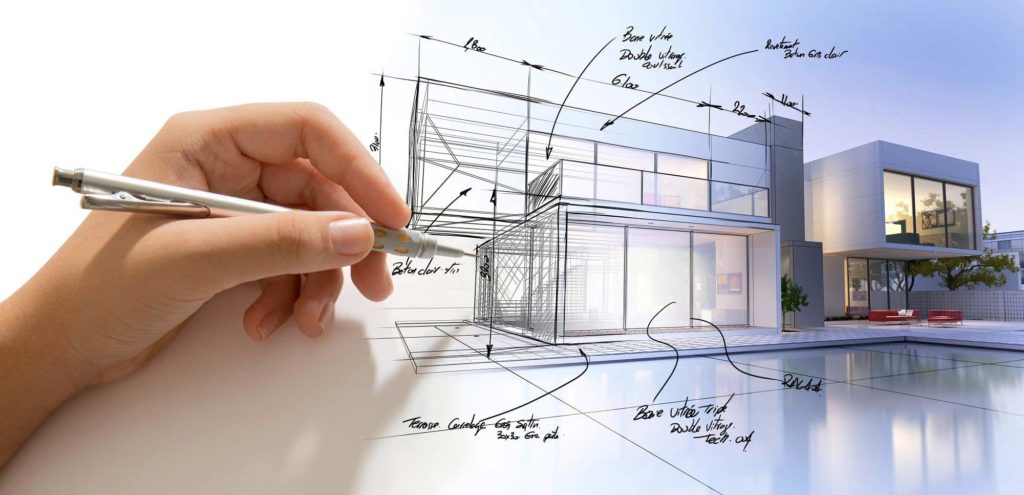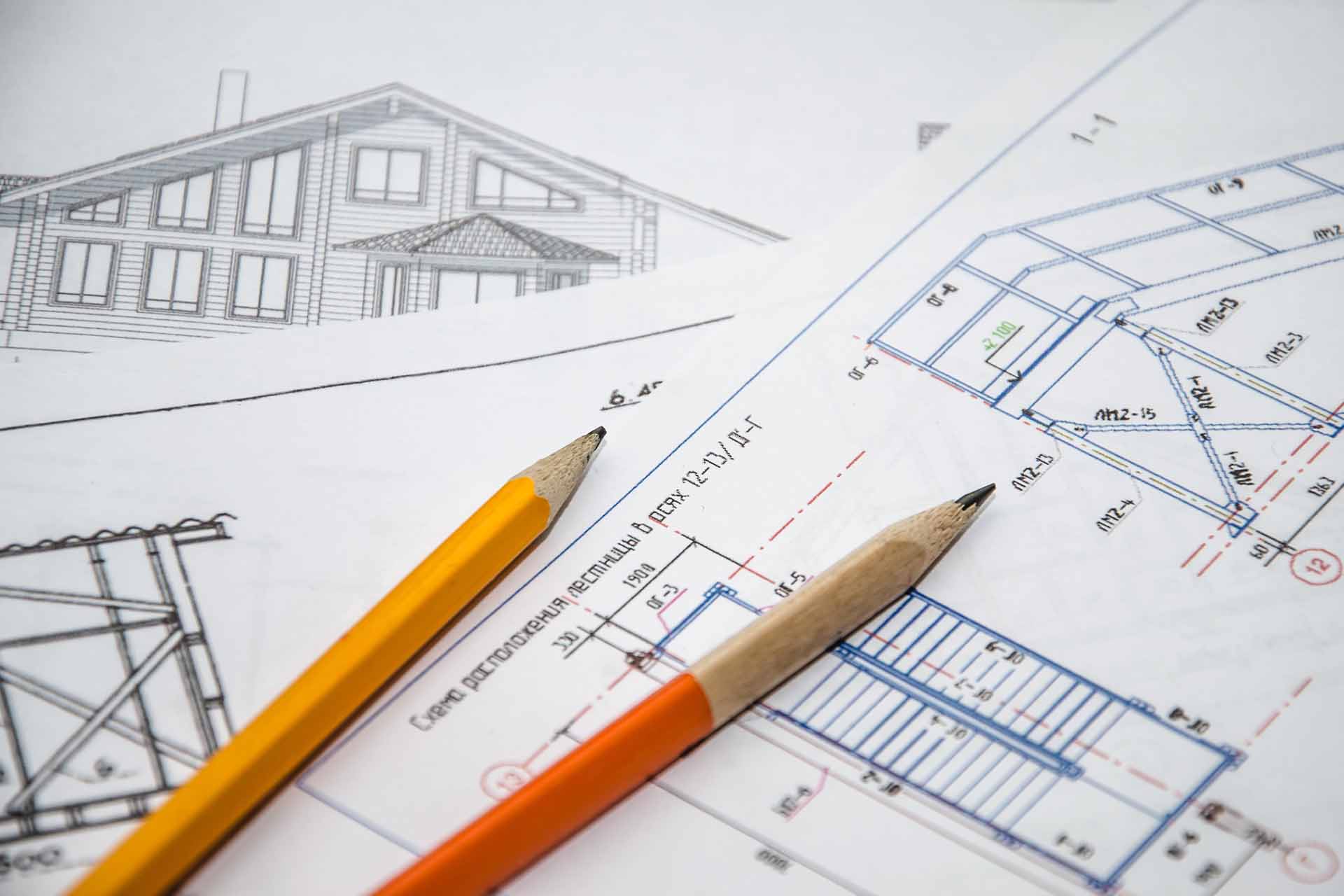Architect Rules for Designing Timeless Interiors
Architect Rules for Designing Timeless Interiors
Blog Article
The Role of Sustainability and Technology in Modern Architect Practices
Sustainability and innovation are reshaping modern-day architecture in ways you may not expect. By embracing environmentally friendly materials and wise developments, designers are not simply developing buildings; they're crafting settings that enhance our lifestyle. This shift isn't nearly aesthetic appeals or performance; it's regarding developing a liable technique to our planet's future. What's driving this makeover, and how can these changes impact your neighborhood?
The Relevance of Lasting Design
Lasting design is essential not simply for the environment yet also for enhancing our top quality of life. When you welcome lasting layout, you're not just lowering your carbon impact; you're creating spaces that promote wellness and wellness. Imagine staying in a home that harnesses natural light, boosts air quality, and decreases energy prices. You'll feel a lot more comfy and linked to nature.
Additionally, lasting design often brings about stronger neighborhoods. When buildings are created with eco-friendly practices, they can influence others to adhere to suit, fostering a culture of sustainability. You'll notice enhanced building worths and a better sense of pride in your surroundings.
Last but not least, by prioritizing sustainability, you're purchasing the future. You're ensuring that future generations delight in a healthier world and vivid areas. When you consider your following project, think about just how sustainable architecture can boost your life and those around you.
Ingenious Materials Transforming Building Practices
As you explore cutting-edge products in architecture, you'll locate that biodegradable building and construction materials are improving just how we think concerning sustainability. Recycled content innovations are providing new life to waste, while smart material innovations improve developing performance. These advancements not just promote eco-friendliness however likewise push the borders of style.
Biodegradable Building Materials
While typical building and construction materials frequently add to ecological degradation, biodegradable construction products are becoming a viable alternative that transforms structure practices. You can check out options like hempcrete, mycelium, and bamboo, which not only minimize waste but also advertise sustainability. These materials break down normally at the end of their lifecycle, reducing landfill contributions. By integrating naturally degradable alternatives right into your designs, you're not simply enhancing aesthetic allure; you're additionally making a favorable influence on the world. Plus, they commonly call for much less power to produce, additionally reducing your project's carbon impact. As you adjust to these ingenious materials, you'll locate that they supply toughness and adaptability, enabling you to develop frameworks that straighten with contemporary worths of sustainability and responsibility.
Recycled Content Advancements
In current years, cutting-edge products with high recycled material have changed structure techniques, supplying architects interesting new options - Architect. You can currently integrate products like recycled steel, which not only minimizes waste yet also boasts excellent strength. Recycled glass is another superb selection, supplying aesthetic allure while minimizing ecological impact

Smart Material Technologies
Smart product innovations are reshaping the means you think of building practices, supplying dynamic options that adapt to transforming conditions. These ingenious materials, such as self-healing concrete and thermochromic glass, boost structure performance and sustainability. Envision structures that can change to temperature changes or repair themselves when harmed-- these innovations are no more simply principles. By incorporating smart materials, you can produce energy-efficient layouts that respond to their setting, decreasing total energy intake. The capability to adjust and keep track of in real-time streamlines upkeep and lengthens the lifespan of structures. As you welcome these innovations, you're not just innovating; you're adding to a more lasting future in style, merging functionality with ecological obligation.
The Assimilation of Smart Technologies in Layout
As technology evolves, integrating smart services right into building layout ends up being important for developing sustainable and effective areas. You can incorporate clever innovations like constructing administration systems, which optimize power usage and boost passenger comfort. Sensing units can keep an eye on ecological problems, readjusting lighting and temperature instantly based on real-time information. This adaptability not only improves user experience but likewise reduces power consumption.
Integrating Net of Things (IoT) tools enables for seamless communication among numerous structure systems, enabling you to make data-driven choices that enhance performance. Smart materials that react to environmental modifications can further boost your style, supplying vibrant solutions to ever-changing conditions.
Power Effectiveness and Renewable Resource Solutions
While lots of architects concentrate on looks, focusing on power performance and renewable resource services is essential for sustainable design. You can start by integrating passive solar design, which enhances natural light and warmth, lowering reliance on fabricated illumination and home heating systems. Utilize high-performance insulation and energy-efficient windows to decrease power loss.
Do not forget renewable resource systems-- set up photovoltaic panels or wind turbines to produce tidy energy on-site. You can likewise consider including geothermal heating and cooling down systems for a more lasting temperature level policy.
By selecting energy-efficient home appliances and lighting, you'll not just decrease power consumption yet likewise lower operational prices for constructing residents.
Integrating these concepts right into your designs not only profits the environment but additionally improves the building's charm and value. Inevitably, your commitment to power effectiveness and renewable resource will set your tasks apart in an affordable market.
Water Preservation Methods in Modern Design
Including water conservation techniques into modern design is necessary for developing sustainable structures that decrease environmental influence. You can accomplish this by incorporating rainwater harvesting systems, which save and gather rainfall for watering and non-potable usages. Applying low-flow fixtures and wise irrigation systems also decreases water intake, making certain efficient usage throughout the building.
Consider utilizing drought-resistant landscaping, which calls for much less water and advertises biodiversity. Integrating permeable paving materials enables rain to penetrate the ground, minimizing drainage and recharging groundwater supplies.
In addition, installing greywater recycling systems can repurpose water from sinks and showers for toilet flushing or irrigation, additional conserving resources.
The Impact of Biophilic Design on Health
Biophilic design brings nature inside your home, and you'll discover its favorable effects on your wellness and happiness. By improving indoor air top quality and attaching you with natural environments, these areas can change your daily experience. Let's check out exactly how incorporating these features can boost your general health.
Nature's Influence on Wellness
When you incorporate elements of nature right into your environments, it can considerably boost your mental and physical health and wellness. Biophilic layout, which highlights natural light, plants, and natural materials, cultivates a feeling of connection to the outdoors. Embracing biophilic design is a step towards a much healthier way of living.
Enhancing Indoor Air High Quality
While several people focus on aesthetic appeals and performance in layout, improving indoor air top quality plays an essential role in your overall wellness. By integrating biophilic design components, you can enhance air quality naturally. Prioritizing these elements in your layout will not only boost your space but also advertise a feeling of calm and well-being.
Connection With Natural Aspects
When you get in touch with natural components in your room, you not only improve this page its aesthetic appeal yet additionally significantly increase your well-being. Biophilic style urges you to incorporate features like plants, all-natural light, and natural products. These components develop a soothing environment, decreasing stress and anxiousness. Study reveals that being around nature can boost your mood and cognitive function, assisting you really feel extra efficient and concentrated. You may discover better air high quality and boosted comfort when you view it now welcome the outdoors inside. Easy changes, like adding a living wall or large home windows, can exceptionally affect your experience (Architect). Inevitably, incorporating nature right into your atmosphere leads you to a much healthier, happier way of living, cultivating a much deeper connection to the globe around you.
Future Trends in Lasting Building Practices
As the globe deals with pressing environmental difficulties, designers are significantly welcoming ingenious approaches to sustainability that redefine how we layout and develop. You'll see a rise in biophilic design, incorporating nature into city spaces to improve well-being and lower energy usage. Smart modern technologies, like AI and IoT, are enhancing power monitoring in buildings, maximizing source usage, and minimizing waste.
Furthermore, modular construction is gaining grip, enabling for quicker, a lot more reliable building procedures while minimizing environmental impact. Using sustainable materials, such as redeemed timber and recycled metals, is coming to be typical technique. As you check out these fads, anticipate a change towards circular layout, stressing the lifecycle of products and promoting reuse and recycling.
These forward-thinking techniques not just address eco-friendly issues however likewise develop healthier, more durable neighborhoods. By remaining educated regarding these patterns, you can assist shape a sustainable future in design.
Often Asked Inquiries
Exactly How Can Sustainability Affect Project Budgets and expenses?
Sustainability can substantially affect project prices and spending plans. You might locate that first financial investments in environmentally friendly products or technologies cause long-lasting savings through energy performance, lowered waste, and potential government rewards, eventually balancing the total expenses.
What Certifications Exist for Sustainable Architecture?
You'll find numerous accreditations for lasting design, including LEED, BREEAM, and the Living Structure Difficulty. These certifications assist you show your commitment to sustainability and can boost your job's reputation and interest customers.
Exactly How Does Local Culture Influence Lasting Design?
Neighborhood culture forms lasting style by reflecting community values, traditions, and materials. You'll discover that incorporating regional visual appeals and practices not just appreciates heritage however likewise boosts the functionality and approval of your building jobs.
What Function Does Client Education And Learning Play in Lasting Practices?
Client education's crucial for promoting lasting practices. When you read educate customers regarding benefits, prices, and ecological effects, you empower them to make enlightened choices, cultivating a joint method that boosts the job's overall sustainability.

Exactly How Can Architects Determine the Success of Sustainability Campaigns?
You can measure the success of sustainability efforts by tracking power consumption, evaluating material efficiency, and celebration feedback from customers. Regular audits and contrasts against standards will aid you improve your techniques and display renovations properly.
By integrating smart materials, you can create energy-efficient styles that respond to their environment, decreasing general power consumption.While many engineers concentrate on appearances, focusing on power efficiency and renewable power remedies is necessary for sustainable design. Biophilic style, which stresses all-natural light, plants, and organic materials, cultivates a feeling of link to the outdoors. Biophilic design encourages you to include attributes like plants, all-natural light, and organic products. As you discover these fads, anticipate a shift toward round style, stressing the lifecycle of materials and promoting reuse and recycling.
Report this page